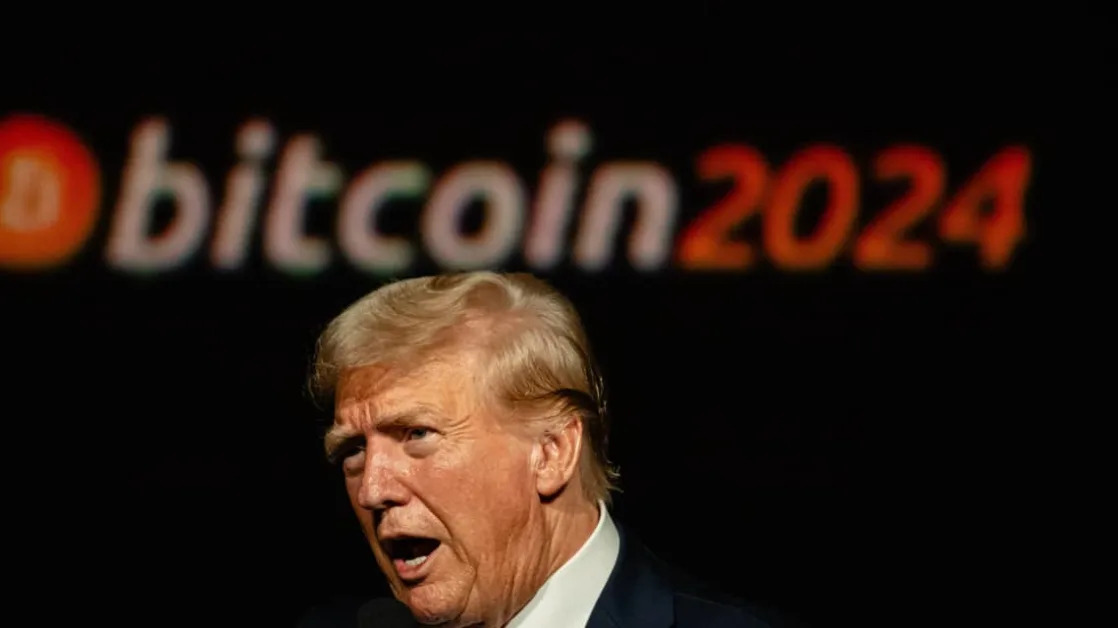(Bloomberg) -- Bond traders are bracing for wilder market swings in the US than in Europe amid signs the world’s largest economy is faltering.
A measure of volatility in US rate markets over the coming month rose to the highest since July 2023 on a closing basis on Wednesday. The move came after data showed job openings fell to the lowest level since 2021, reinforcing concerns over the health of the economy, while bolstering the case for aggressive easing by the Federal Reserve.
In contrast, the equivalent euro-area metric has been little changed on the week, with the European Central Bank widely expected to cut rates by a quarter point.
The ECB is “pretty predictable,” said Marco Meijer, deputy head of fixed income at Mediolanum International, but “Fed policymakers will either lower rates by half a point or open the door for bigger cuts at subsequent meetings,” fueling volatility.
Investors have long considered the prospect of a large reduction from the Fed this year. But the chances have been increasing markedly as evidence over the weakness in the economy mounts. Traders now see about a 36% chance of a 50-basis-point move when the Fed sets rates on Sept. 18, up from 20% last week.
US two-year Treasuries, among the most sensitive to Fed policy, outperformed as the market repriced the outlook, with the yield falling seven basis points to 3.79%, the lowest in nearly a month. That prompted a key part of the yield curve to disinvert briefly, a sign that the economy is already in the midst of a downturn and in need of policy support.
What Bloomberg strategists say...
“US rates volatility remains elevated even though other asset classes reversed the early August spike. It has moved beyond our fair value and economic forecast dispersion has reduced but can be explained by monetary and fiscal policy uncertainty. With the right tail tame, it may require recession odds to increase for volatility to move significantly higher.”
Read the full note from Tanvir Sandhu, chief global derivatives strategist at Blooomberg Intelligence here.
The Cboe Volatility Index, a measure of volatility in the US stock market — dubbed the fear gauge — is also on the rise. It has jumped 50% this week as attention turns to a US employment report on Friday.
For Michael Brown, a strategist at Pepperstone, the volatility in the US bond market is a consequence of how reliant the Fed has become on incoming data to guide its policy. “Such data-dependence can and does induce higher volatility,” he said. “Particularly at turning points in the policy cycle, such as the point where we now sit.”
(Adds investor comment in fourth paragraph.)





